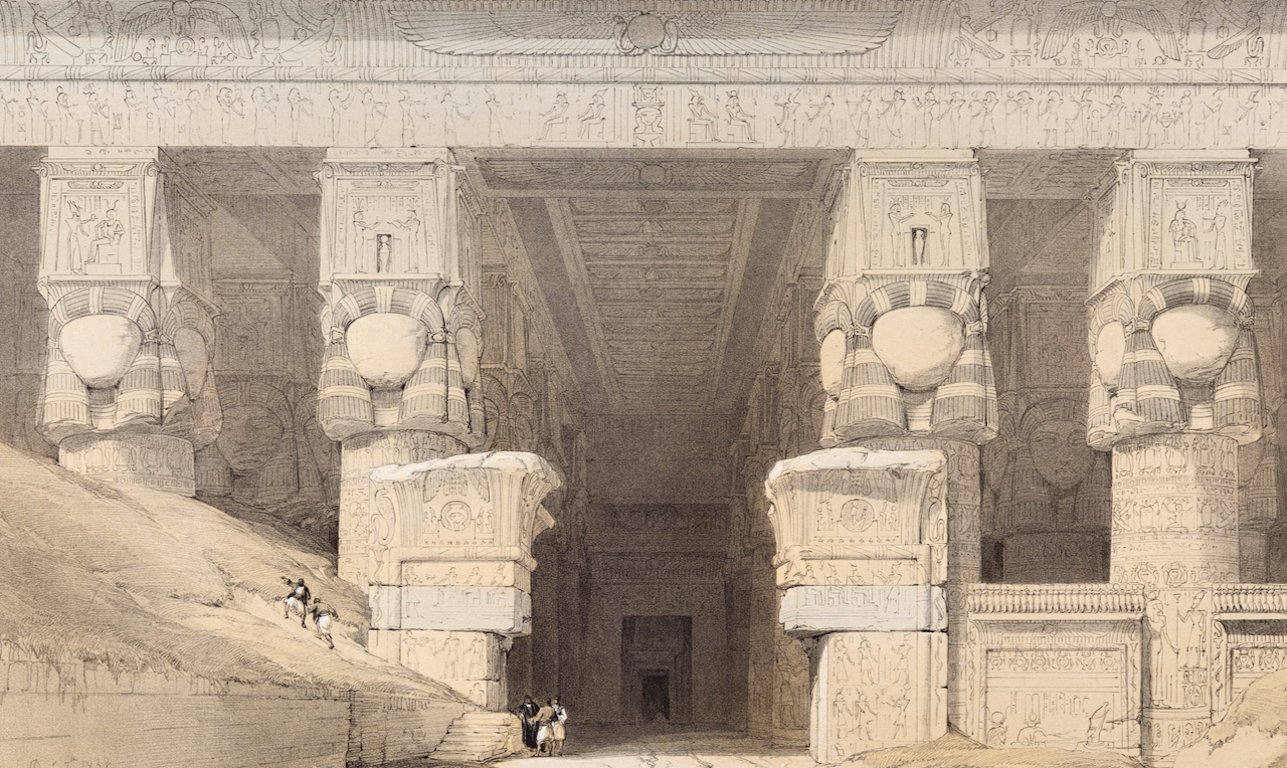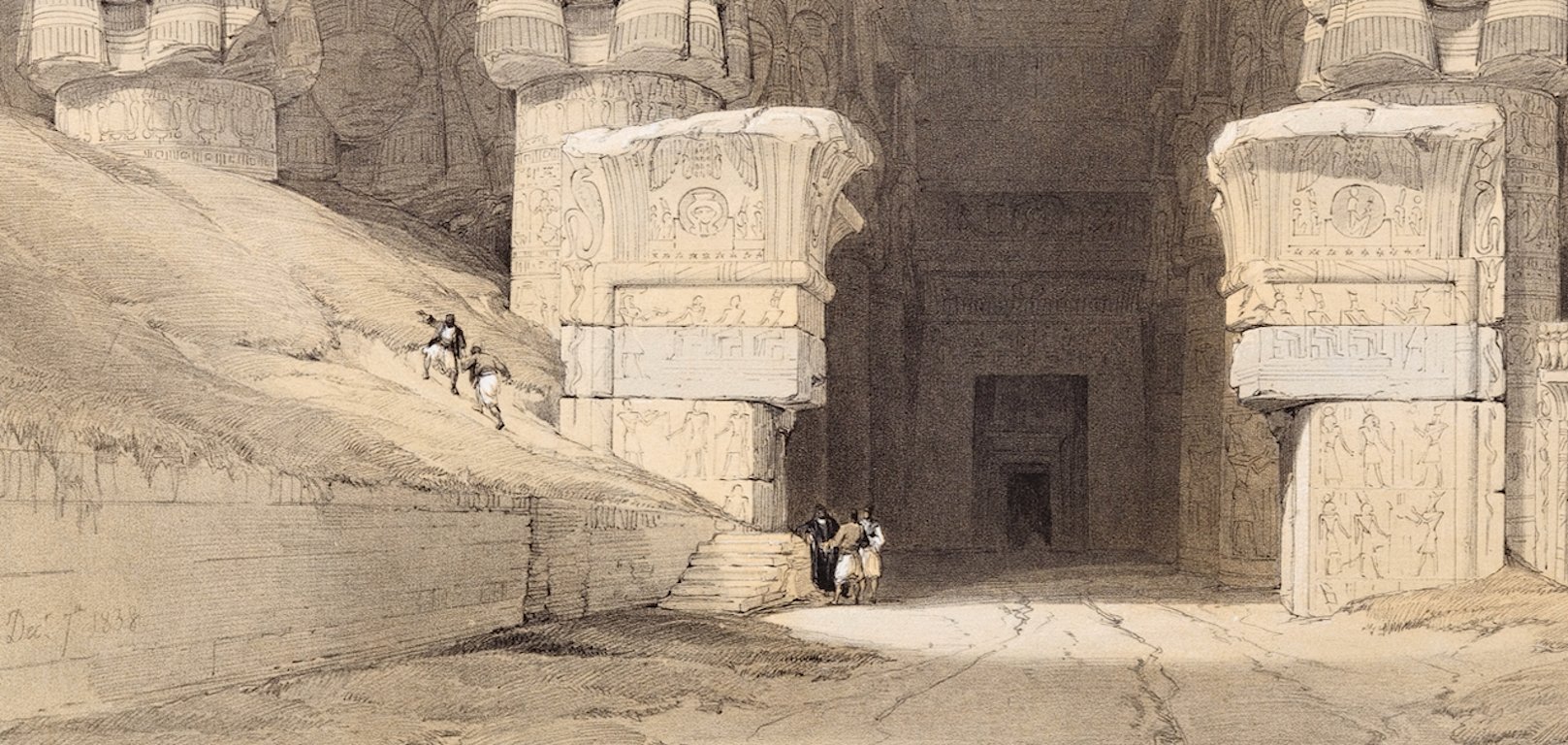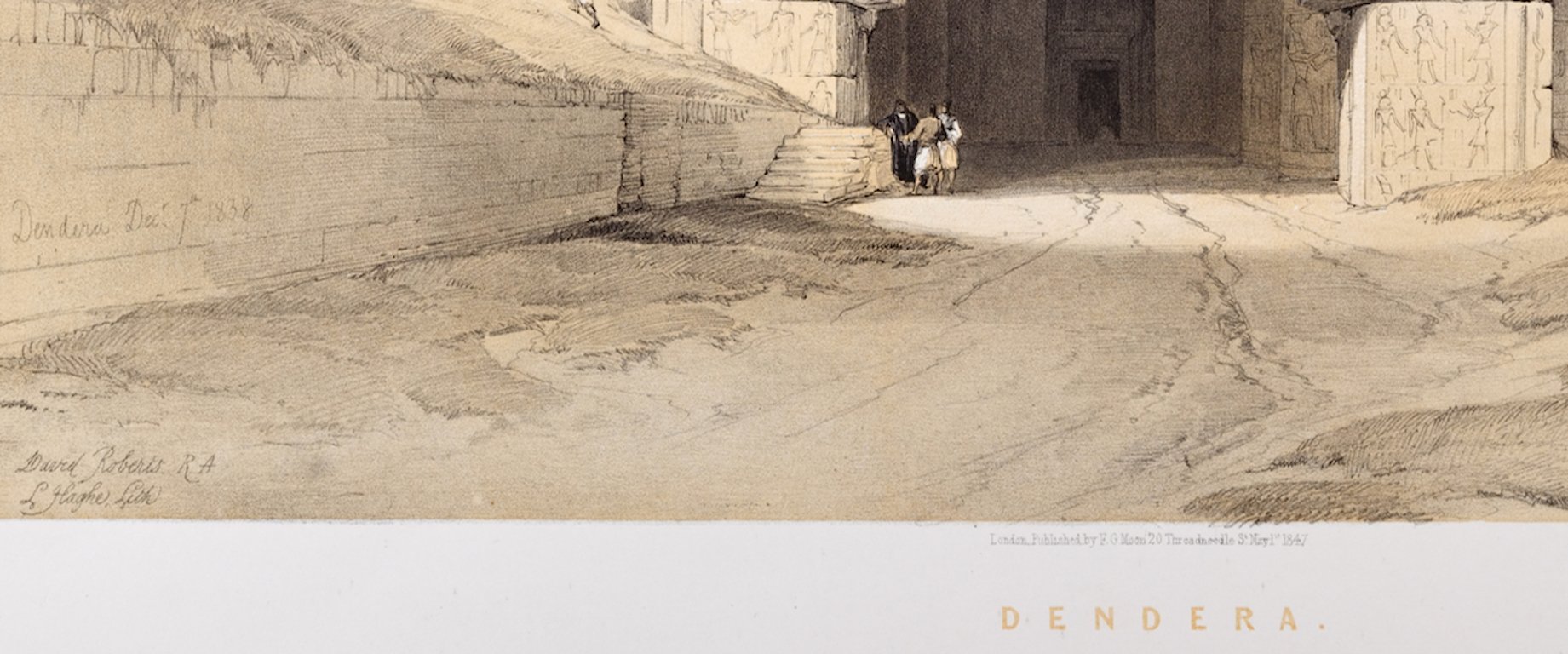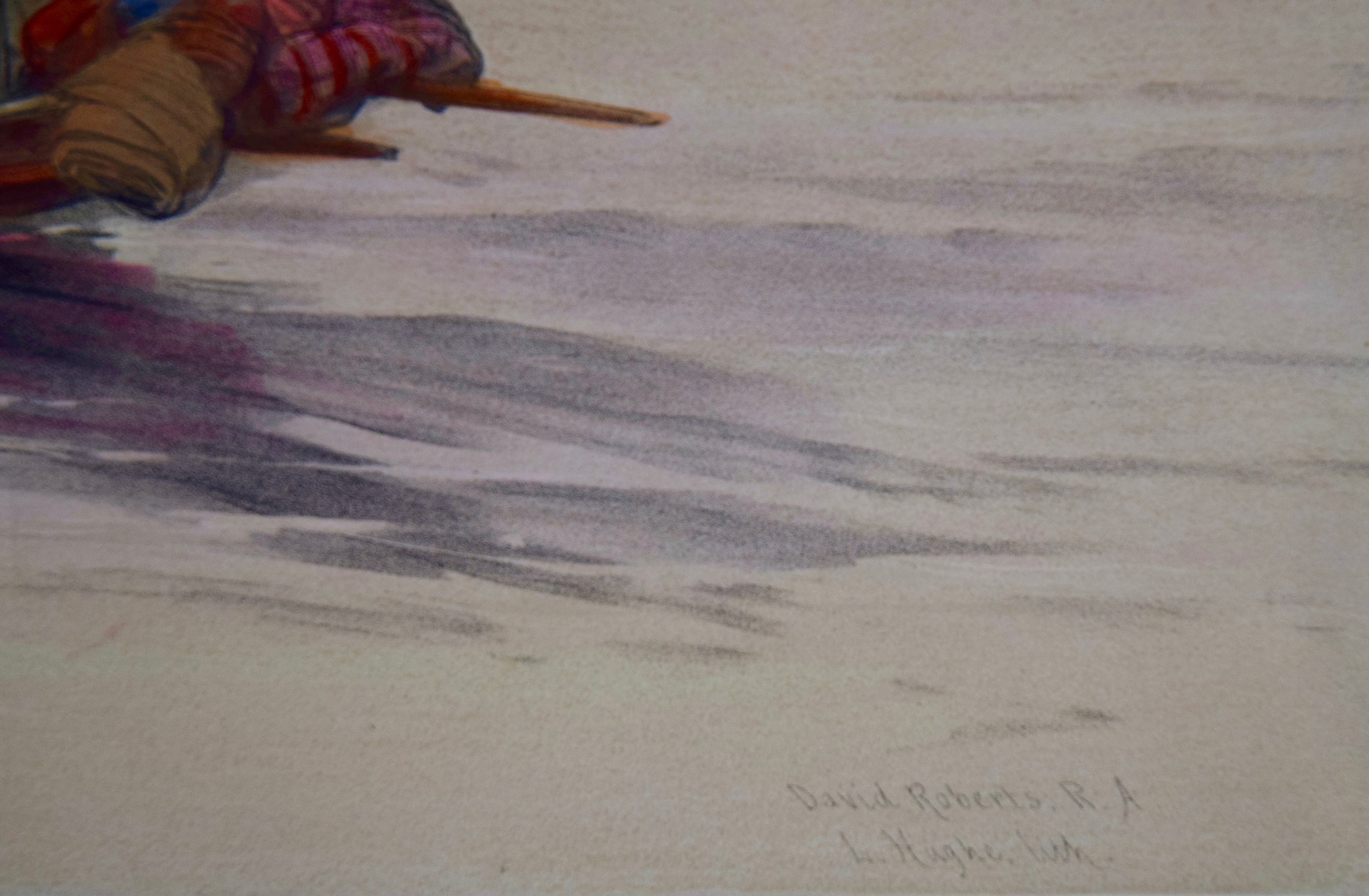The Mountains of Ethiopia: Original 19th C. Hand-colored Aquatint by Henry Salt
This is a large original hand-colored aquatint etching entitled "The Mountains of Samayut" (Ethiopia) drawn by Henry Salt and engraved by D. Havell. It was published in in 1809 in London by William Miller in "Twenty-four Views taken in St. Helena, the Cape, India, Ceylon, the Red Sea, Abyssinia and Egypt".
Creator: Henry Salt (1780 - 1827, English)
Creation Year: 1809
Dimensions: Height: 26 in (66.04 cm) Width: 32 in (81.28 cm)
Medium: Lithograph
Condition: See description below.
This is a large original hand-colored aquatint etching entitled "The Mountains of Samayut" (Ethiopia) drawn by Henry Salt and engraved by D. Havell. It was published in in 1809 in London by William Miller in "Twenty-four Views taken in St. Helena, the Cape, India, Ceylon, the Red Sea, Abyssinia and Egypt".
Creator: Henry Salt (1780 - 1827, English)
Creation Year: 1809
Dimensions: Height: 26 in (66.04 cm) Width: 32 in (81.28 cm)
Medium: Lithograph
Condition: See description below.
This is a large original hand-colored aquatint etching entitled "The Mountains of Samayut" (Ethiopia) drawn by Henry Salt and engraved by D. Havell. It was published in in 1809 in London by William Miller in "Twenty-four Views taken in St. Helena, the Cape, India, Ceylon, the Red Sea, Abyssinia and Egypt".
Creator: Henry Salt (1780 - 1827, English)
Creation Year: 1809
Dimensions: Height: 26 in (66.04 cm) Width: 32 in (81.28 cm)
Medium: Lithograph
Condition: See description below.
The aquatint etching depicts a landscape view of the mountains in Samayut, which is a location in Abyssinia (modern-day Ethiopia). The image showcases the natural beauty and grandeur of the mountains, capturing the essence of the 19th-century fascination of Europeans with exotic landscapes and travel. There are people in the foreground dressed in their native clothing. Some are in conversation and others are seen along pathways, along with farm animals and several huts.
This beautifully hand-colored aquatint etching is presented in a white mat with a mylar window. The mat measures 26" high and 32" wide. The sheet measures 20 3/4" high and 26 1/4" wide and the plate measures 18 7/8" high and 25 3/8" wide. There is minimal mottling in the periphery of the margins, but the image is in excellent condition.
Henry Salt was an English artist, traveler, collector of antiquities, diplomat, and Egyptologist. He was born on June 14, 1780, in Lichfield, Staffordshire, England, the son of Thomas Salt, a physician. Salt is best known for his work as a diplomat and his contributions to the field of Egyptology, particularly in securing antiquities for the British Museum.
In 1797 he went to London and became a pupil of artists Joseph Farington, R.A., and of John Hoppner, R.A. The turning point in his career was 3 June 1802, when Salt left London for an eastern tour with George, viscount Valentia (afterwards Lord Mountnorris), whom he accompanied as secretary and draughtsman. He visited the Cape, India, Sri Lanka, and (in 1805) Abyssinia, returning to England on 26 Oct. 1806. He made many drawings, some of which served to illustrate Lord Valentia's 'Voyages and Travels to India', published in 1809. He also served on a government mission to Abyssinia (modern-day Ethiopia). While there he documented many of the highlights and ancient ruins of Ethiopia. Salt was subsequently appointed British Consul-General to Egypt in 1815. He arrived in Alexandria in 1816 and traveled to Cairo, where he would be stationed as consul. Once set up in Cairo, Salt began working on his mission of securing antiquities and artifacts for the British Museum. During his time in Egypt, Salt conducted excavations and collected a significant number of artifacts, including the famous "Salt Collection," which consisted of over 1,000 pieces. He also traveled extensively in the region, visiting places like Tigre and Axum to study their antiquities and inscriptions. Salt's work as a collector and Egyptologist had a lasting impact on the field, and his contributions to the British Museum's collection are still appreciated today. He died on October 30, 1827, in Alexandria, Egypt, at the age of 47.


































